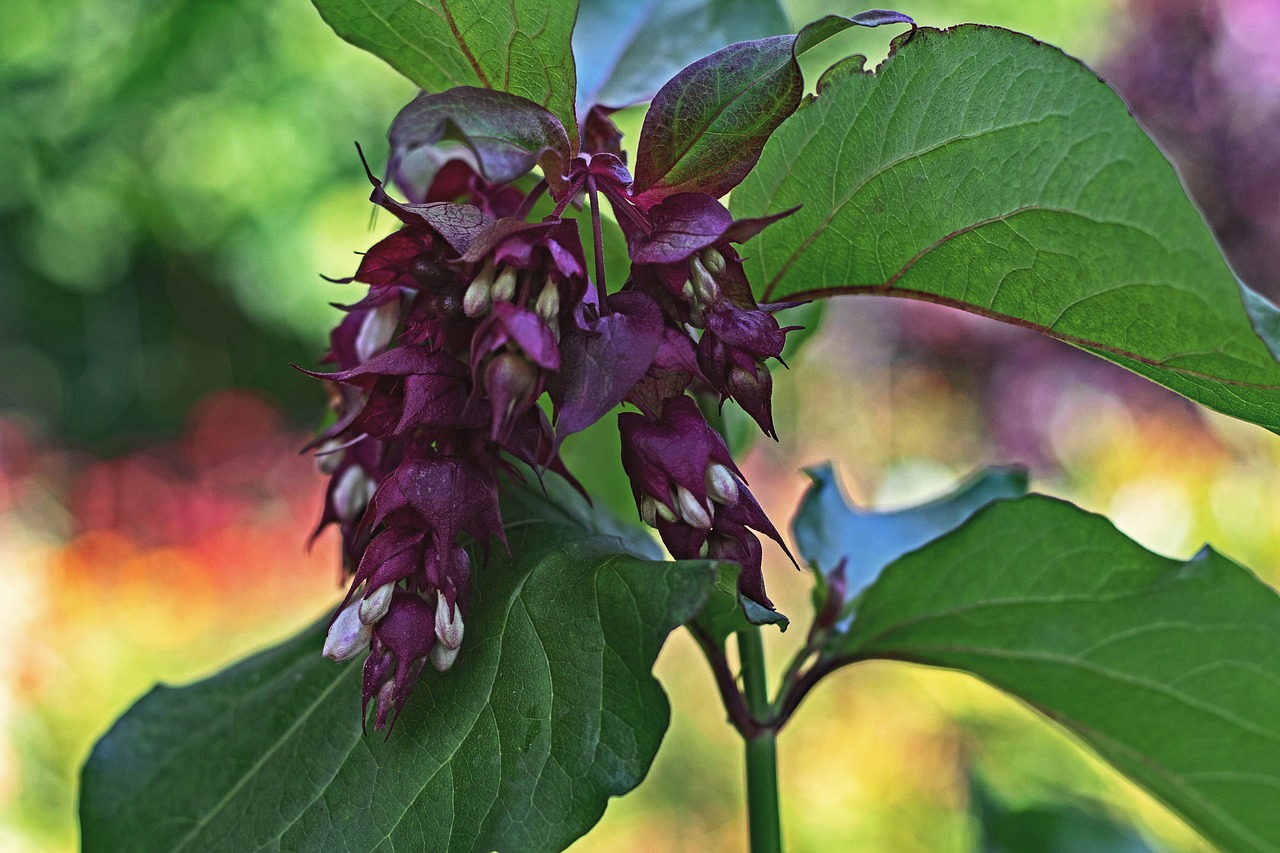
Leycesteria and Planting: A Comprehensive Guide
Introduction
In the world of gardening and landscaping, Leycesteria is a lesser-known but highly intriguing plant genus. With its distinctive appearance and easy-to-maintain nature, Leycesteria has been gaining popularity among both novice and experienced gardeners. In this comprehensive guide, we will delve into the fascinating world of Leycesteria, exploring its various species, ideal planting conditions, care tips, and much more. Let’s embark on a botanical journey as we discover the beauty and charm of Leycesteria.
Understanding Leycesteria
What is Leycesteria?
Leycesteria is a genus of flowering shrubs and woody plants belonging to the Caprifoliaceae family. These plants are commonly known as “Himalayan honeysuckles” or “flowering nutmeg.” Leycesteria is native to the Himalayas and southwestern China, where it thrives in cool, temperate climates.
Leycesteria Species
1. Leycesteria formosa (Himalayan Honeysuckle)
- Leycesteria formosa is the most well-known species of the genus. It is characterized by its vigorous growth, reaching heights of up to 6 feet (1.8 meters).
- The plant features clusters of pendulous, tubular flowers that are typically white or pale pink, followed by dark purple berries.
- It is a deciduous shrub that sheds its leaves in the winter.
2. Leycesteria gracilis (Slender Leycesteria)
- Leycesteria gracilis is a smaller and more delicate species, making it an excellent choice for compact gardens.
- Its flowers are pale yellow, and it produces red berries that add a touch of color to the landscape.
- This species is also deciduous and easy to care for.
Planting Leycesteria
Selecting the Right Location
Before planting Leycesteria, it’s essential to choose the right location. These plants thrive in partial shade to full sun, making them versatile additions to your garden. Ensure that the soil is well-draining and rich in organic matter.
Planting Process
- Preparing the Soil: Begin by preparing the soil in the selected area. Incorporate compost or organic matter to improve soil quality.
- Digging a Hole: Dig a hole that is twice the size of the root ball of your Leycesteria plant.
- Planting the Shrub: Place the Leycesteria in the hole and backfill with soil, ensuring the top of the root ball is level with the ground surface.
- Watering and Mulching: Water the plant thoroughly after planting and apply a layer of mulch to help retain moisture and suppress weeds.
Leycesteria Care Tips
Maintaining Leycesteria is relatively straightforward, making it an excellent choice for both beginners and seasoned gardeners.
- Watering: Keep the soil consistently moist, especially during the growing season. Water deeply to encourage a robust root system.
- Pruning: Prune Leycesteria in late winter or early spring to remove dead or damaged branches and shape the plant as desired.
- Fertilization: Apply a balanced, slow-release fertilizer in the spring to promote healthy growth.
- Pest and Disease Control: Leycesteria is generally resistant to pests and diseases, making it a low-maintenance choice.
Conclusion
Leycesteria, with its charming appearance and ease of care, can be a delightful addition to your garden. Whether you’re a seasoned gardener or a newcomer, cultivating these plants can be a rewarding experience. With the right planting conditions and minimal maintenance, Leycesteria can thrive and grace your landscape with its unique beauty.
FAQs
- Can Leycesteria tolerate full sun?
- Yes, Leycesteria can thrive in full sun to partial shade, but it prefers some shade in hot climates.
- Are Leycesteria berries edible?
- While Leycesteria berries are not toxic, they are generally not consumed as they may not be palatable to humans.
- Do Leycesteria plants attract wildlife?
- Yes, Leycesteria plants are known to attract birds, especially for their berries.
- How often should I prune my Leycesteria shrub?
- Prune your Leycesteria shrub annually in late winter or early spring to maintain its shape and remove dead growth.
- Can Leycesteria grow in containers?
- Yes, Leycesteria can be grown in large containers, making it suitable for patios and balconies.